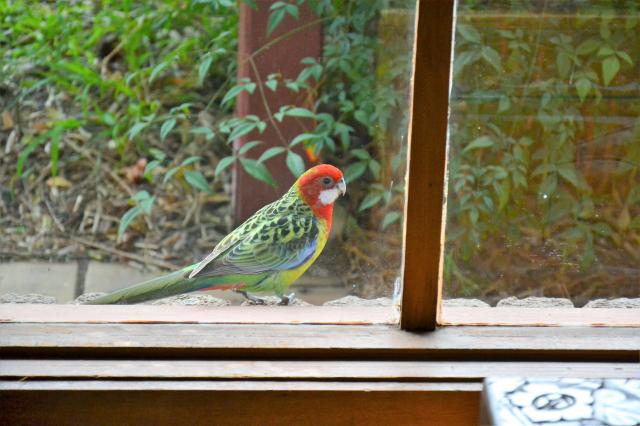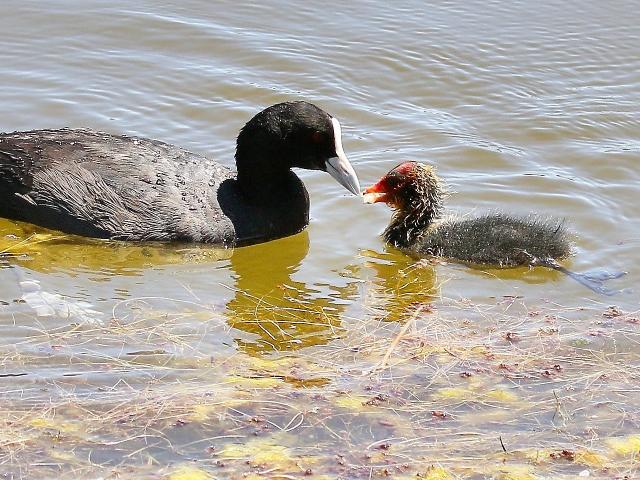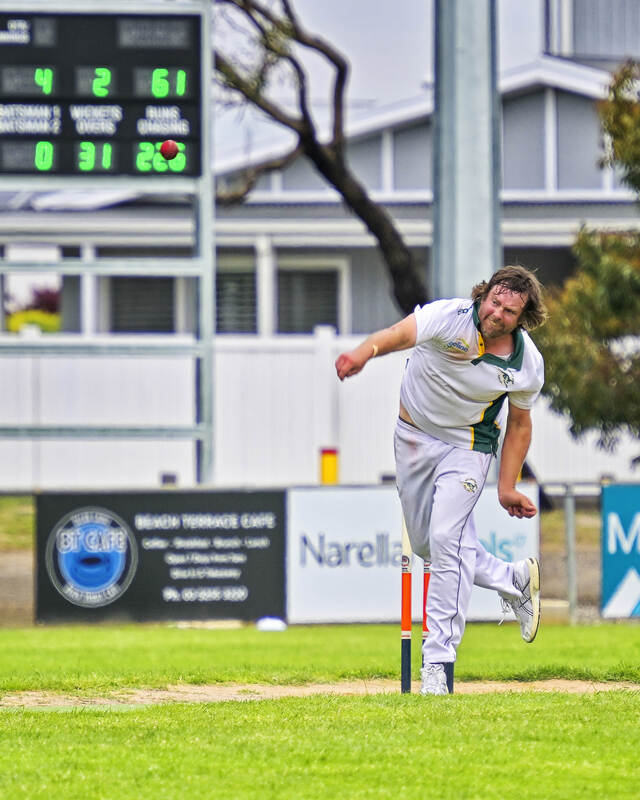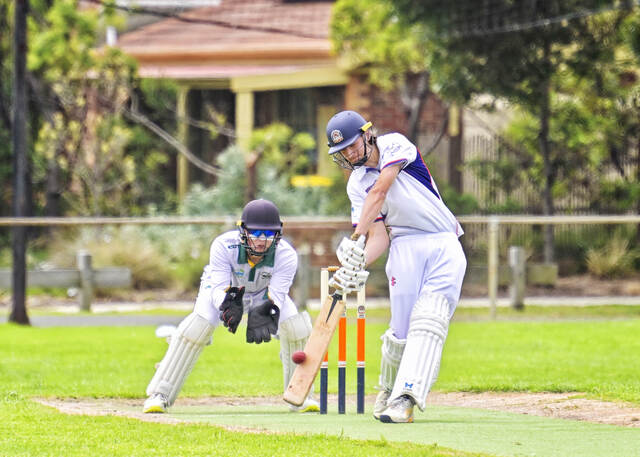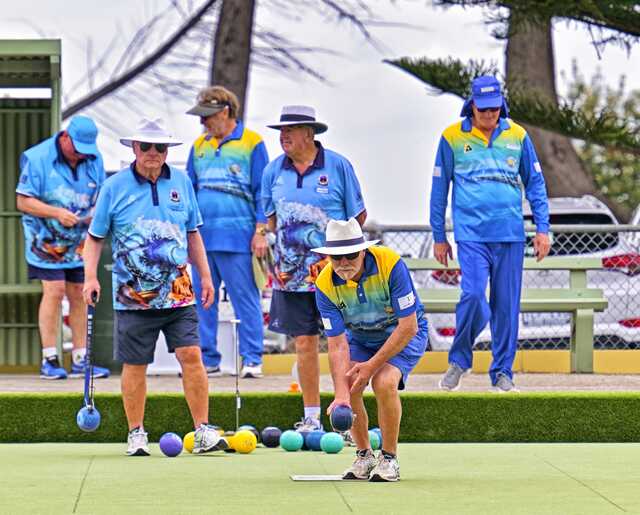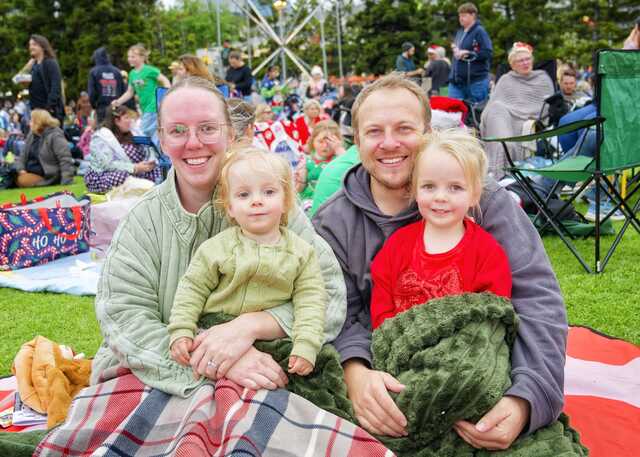I’ve just come back from the beach at 19W after helping with the Bellarine Hooded Plover volunteers.
The hooded plover is a small, beach nesting wader that nests along the beaches of Ocean Grove and 13th Beach. From August to April each year these birds try to raise their chicks, but struggle to do so due to the impacts from people, other predators such as gulls and kestrels and dogs.
Friends of the Bellarine Hooded Plover group of volunteers work in partnership with BirdLife Australia throughout the year to raise awareness and protection for hoodies.
There are two hooded plover chicks on the beach, and so far they are thriving, but they still have a few weeks until they can fly to avoid predators. The beach between 19W and 20W is cordoned off as an exclusion zone, so please keep this in mind when planning a trip to the beach this summer.
The most exciting bird seen on the Bellarine over the past few weeks has been a dollarbird that remained at Ocean Grove Nature Reserve for about a week around Christmas. I spent way too much time unsuccessfully trying to spot this bird, but many people did see it.
Dollarbirds are not often seen in southern Victoria so it was very exciting to have this bird visit us. The dollarbird spends the winter months in Papua Guinea and other nearby islands, and arrives in northern and eastern Australia in September each year to breed. This bird is very pretty, with brown and blue-green upperparts, a brown breast, bright blue throat and an orange bill.
I received an email from Linda, from Ocean Grove, who sent me a photo of yellow-tailed black cockatoos in her garden. Linda explained that the cockatoos used to come to her front yard tree in tiny numbers every year, for a good feed of the seeded cones, but with so many trees down in the whole area after the pre-Christmas storms, the magnificent black cockatoos are in huge numbers and are fighting over the cones.
I received an email from Lyn, who spotted royal spoonbills on the Barwon River Estuary, near the Ocean Grove boat ramp. Lyn was also surprised to see three black swans at the mouth of the estuary.
Lyn observed that the swans looked to be fairly young, as their feathers were flecked with grey. I agreed with Lyn that the mouth of the estuary is quite an unusual spot for black swans to be seen, as they usually prefer shallow permanent wetlands and not tidal areas, so maybe as young birds they were having a rest on the way to Lake Connewarre.
I received an email from Lynne from Ocean Grove, who was sad to report that after three weeks of recording a pair of red wattlebirds sitting on a nest, she found that the hatchlings had died in the nest, with no sign of the parent birds. It was a mystery as to what had happened to the wattlebird family.
Lynne has also had a large flock of black cockatoos in the gum trees in the garden next door, and eastern rosellas visiting the garden for many years. They love to eat the grevillia and correa flowers and they love the grass seeds when the lawn has not been mowed. Lynne’s son was getting married on New Years Eve, so I hope that the wedding was wonderful.
I received several lovely emails from Kevin, who saw a lone black-fronted dotterel and several royal spoonbills at Lake Lorne in Drysdale, and a Eurasian coot feeding its young at Emily’s Pond in Point Lonsdale.

